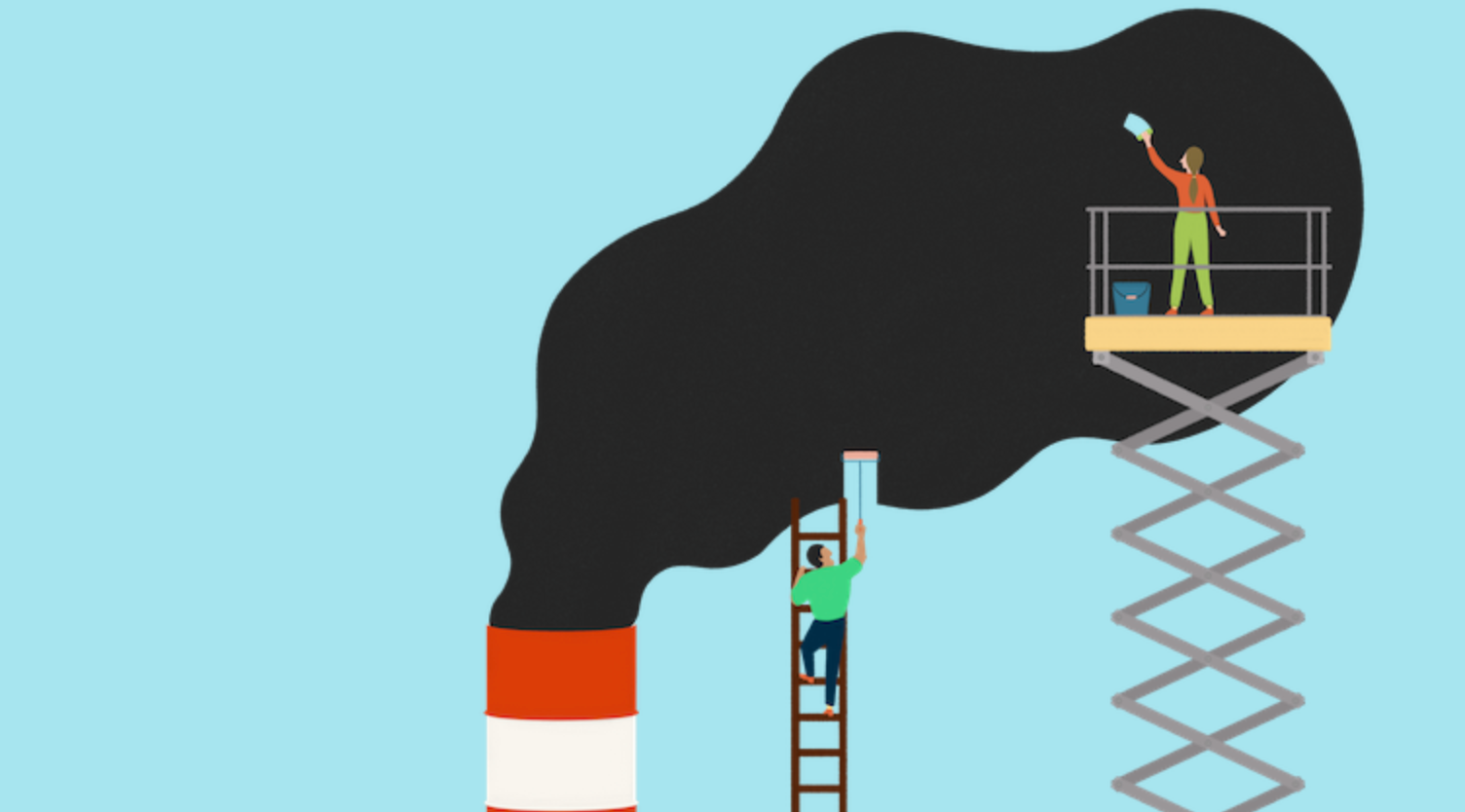Newsletter
Our mission at Kaiterra is to rid the world of air pollution so that one day, the world no longer needs us. We’ve spent countless hours thinking this problem through and trying to come up with strategies to eliminate air pollution from the planet.
- Unite the governments of the world into one magical alliance ….
- Build giant bubbles around factories…
- Remove all cars and give people roller blades…
- Other stupid ideas…
These terrible ideas got us thinking: why is pollution so hard to fix? It seems like quite a straightforward problem - find the polluters and shut them down. Easy, right?
It turns out this is surprisingly hard, and part of the challenge actually lies in the first half of this problem - finding the polluters! For most of the world, air quality monitoring is stuck in the 1980s. Monitors are enormous, clunky machines that are a pain to set up, impossible to move, and cost crazy amounts of money to maintain. A single monitoring site can cost over $100,000 per year.
These large monitors take samples of air and analyze them (sometimes even by hand!) to calculate pollutant concentrations. If you want to export the data off the machine, you’ll probably need a serial port (remember those?) and a handful of wiring that hasn’t been seen since 1999.
We have driverless cars, flying taxis, and drone deliveries, yet we still rely on serial cables to extract data from devices that monitor the world’s largest killer.
This is both incredibly inefficient and incredibly expensive. The result? Limited monitoring, or in some countries, no monitoring at all!
Do you remember the first digital cameras? The Casio QV-10 had a resolution of 0.07 megapixels (the iPhone X has 12 megapixels). Here is a full-resolution photograph taken by the QV-10, can you make out the titles of the books? Derive useful information about the books on the right?
Image from http://www.wherry.com/gadgets/qv10/
No, of course not, the image quality isn’t high enough.
There simply are not enough pixels in this image to make anything useful out of it. There aren’t enough data points. This is the exact same problem that we face today with air pollution. When a city has one or two data points, it looks like this:
If the number of data points can be increased, it suddenly looks like this:
If you can’t see what the problem is, you have no way to fix it, and governments don’t know exactly where their problems with air pollution lie. Looking at three different studies about the sources of air pollution in Beijing clearly illustrates the issue; one study attributes 3% of pollution to traffic, another attributes 25%, and the third 12%.
Conclusion? We have no idea where pollution is coming from or how much of it comes from traffic.
This is why, in this day and age, governments are still taking a “stab in the dark” approach to tackling air pollution. Without more information, all that they can do is look at what others have done and try to replicate or learn from them.
Los Angeles was one of the first cities to tackle air pollution effectively, and to this day, countries and cities look to LA as an example of what to do. LA’s pollution came from cars and was improved by tackling vehicle emissions. But LA’s pollution is nothing like New Delhi or Seoul’s air pollution, and the same approach can’t just be copy-pasted to New Delhi!
The first step to truly tackling air pollution is identifying where it comes from. If we don’t have a high definition picture of air quality, we won’t even know where to start. The existing infrastructure of government monitors is an incredibly valuable resource, but it needs to be supplemented. It needs more data points, and it needs A LOT more of them.
I believe that if everyone can come together and play a part in monitoring the air around us, the world will go from blindness to clarity. We can arm governments and industry with the data they need to stop shooting blindly and actually create policies that WORK.
I know what you’re thinking - “do governments actually want this?? Maybe they just don’t give a shit about air pollution…” And when it comes to a lot of parts of the world, you’re probably right!
But don’t worry - understanding air pollution doesn't just arm the government with a new tool. It also arms the people with a new tool. Data gives you, me, and everyone else the power to fight for change. This is why we at Kaiterra work so hard to ensure all of our devices are accurate; accurate data is the first step in shifting power from the hands of the few into the hands of the many.
For more information about air pollution, including how we, as a community, can hep stop it, read our article below:






.png?width=200&height=148&name=Menu%20C%20(2).png)

.png?width=307&height=228&name=Menu%20-%20D%20(1).png)
.png)




